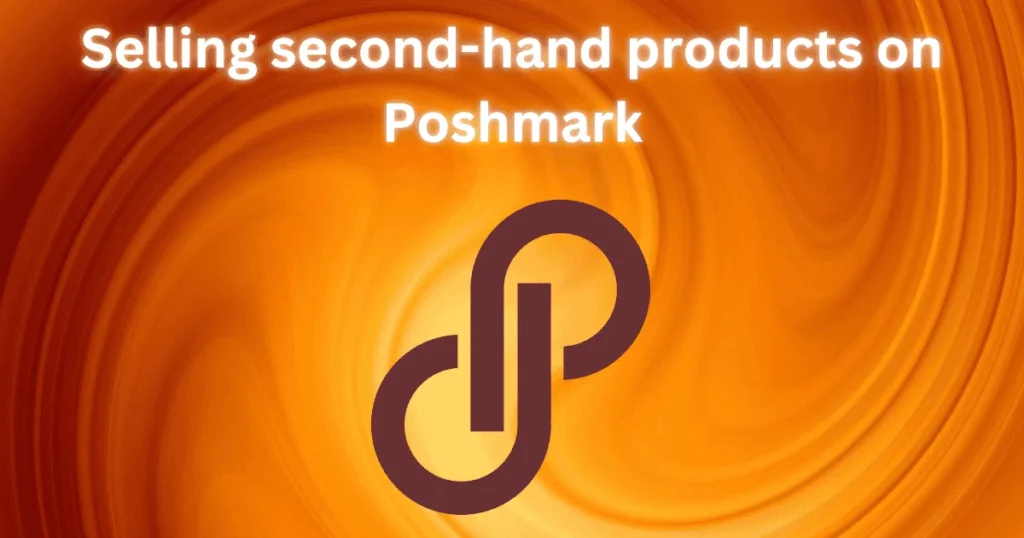You can start by selling items from your closet, but sourcing inventory and handling shipping costs money. The best method would need no investment at all.
Earnings are limited by how many items you can manage, making it harder to scale quickly. The ideal method would allow for unlimited growth.
Ongoing work is needed to keep listings fresh and manage sales, meaning it’s not a passive income stream. The best method would be hands-off after setup.
There is strong demand for second-hand fashion, especially for niche or high-quality items. The best method would have even stronger, more stable demand.
Poshmark has many sellers, making it challenging for newcomers to stand out. A perfect method would have little competition.
Sales take time, and earnings aren’t immediate. The best method would offer instant returns.
Poshmark is fairly stable, but it can fluctuate with trends and demand. A perfect method would offer consistent earnings without risk.
Failure is possible if items don’t sell. A perfect method would eliminate risk of failure.
New sellers can succeed, but it’s harder to stand out due to high competition. The best method would be easier for newcomers to enter.
Poshmark can be affected by changes in trends and platform rules. A perfect method would be more adaptable.
Poshmark is mostly U.S.-based, limiting international accessibility. A perfect method would be globally accessible.
Basic photography and writing skills are required. The best method would need no special knowledge.
Withdrawals are reliable, but not instant. The best method would offer fast payouts.
Making money requires effort in marketing and customer service. A perfect method would make money with minimal effort.
